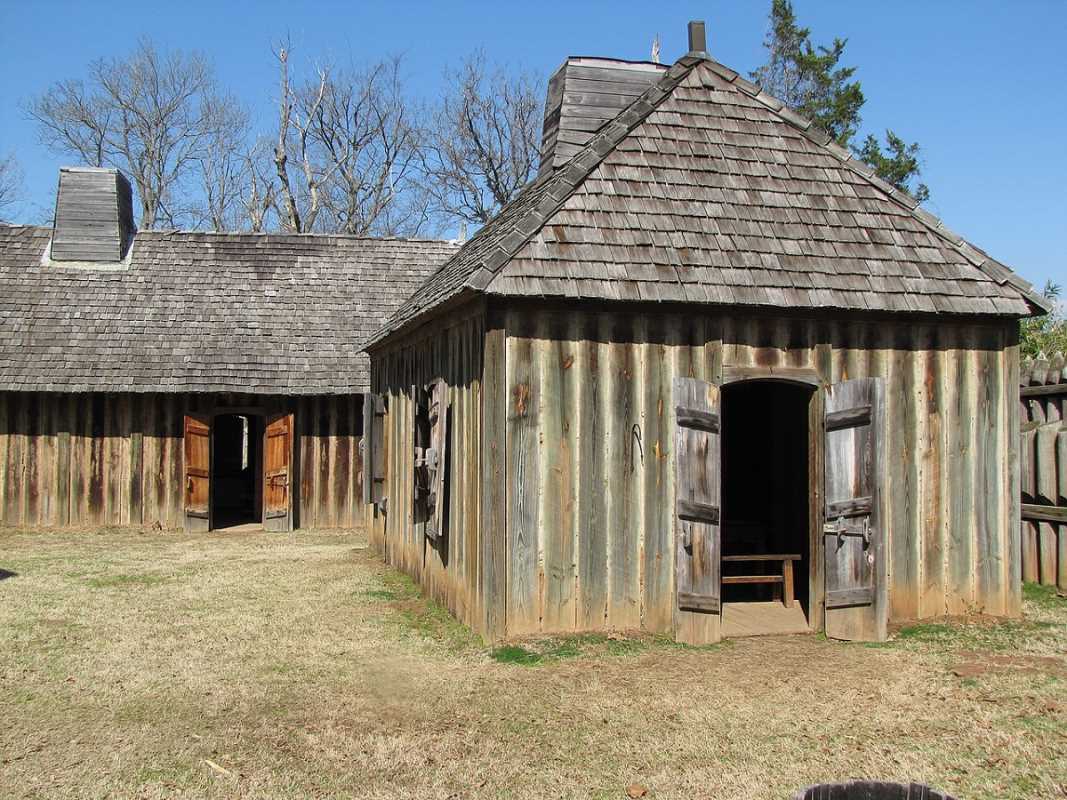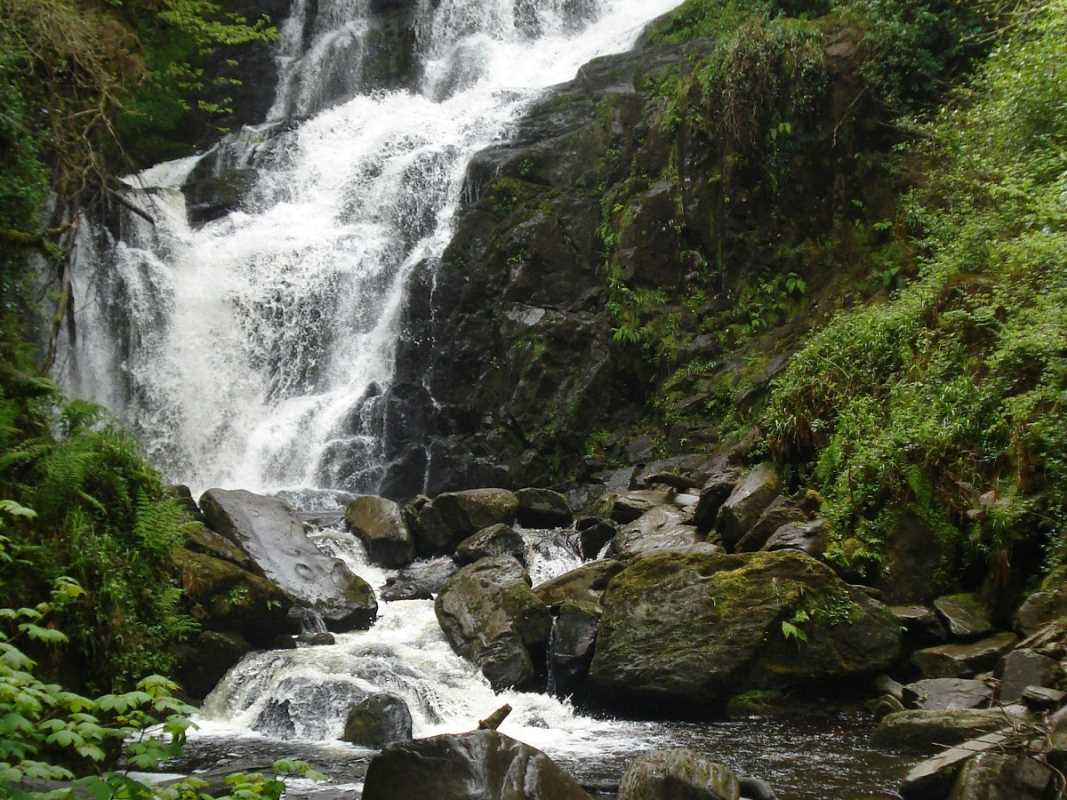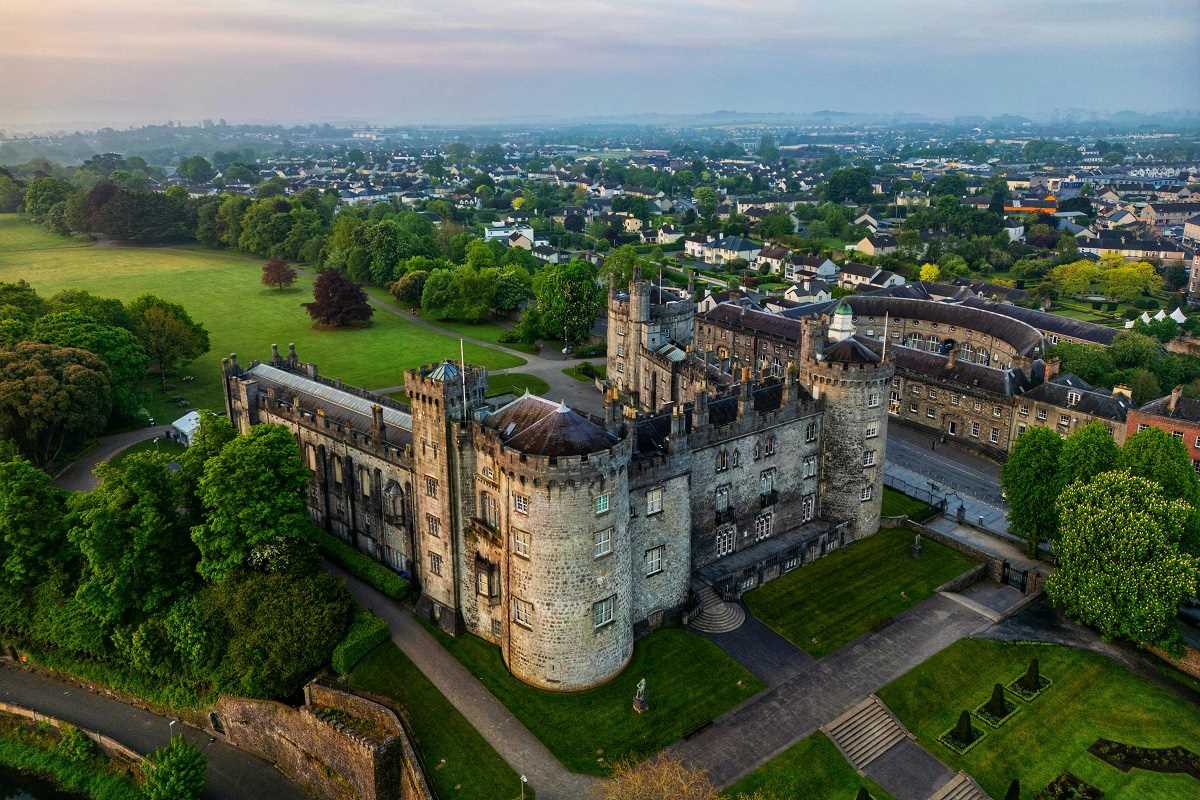If you’ve got a fascination for history and a love for travel, America’s oldest forts should be on your bucket list. These incredible structures are living testaments to the nation's tumultuous past and its stories of exploration, colonization, defense, and resilience. From breathtaking coastal bastions to inland strongholds, these forts offer you a window into early American life. Here’s a closer look at some of the oldest, most iconic forts in America and why they’re worth visiting today.
Castillo de San Marcos - St. Augustine, Florida
Built in 1672, Castillo de San Marcos is the oldest masonry fort in the United States, and it’s a must-see for history buffs. Situated in St. Augustine, Florida, this magnificent Spanish fortress was designed to protect Spain’s territories in the New World and is a shining example of 17th-century military engineering.
- Historical Context: Constructed from coquina, a kind of limestone made from tiny seashells, the porous material proved incredibly resilient against cannonballs, absorbing strikes rather than shattering. During its history, Castillo de San Marcos changed hands multiple times, from Spanish to British to American control.
- Cool Facts: During battles, soldiers used to hide behind “earthworks” (mounds of dirt) inside the fort. Plus, the design never had to be revised because it was so well-protected!
- What to Do Today: Walk through the well-preserved halls, climb to the upper decks for sweeping views of the Matanzas River, and catch the re-enactments with soldiers dressed in 18th-century uniforms.
Fort Ticonderoga - New York
Sitting near Lake Champlain in New York, Fort Ticonderoga is one of America’s most historically significant forts. Originally built by the French in 1755 during the French and Indian War, this star-shaped fort played a pivotal role in both the American Revolution and early colonial struggles.
- Historical Context: Fort Ticonderoga served as a launching point during the Revolutionary War and is where the famous "Cannons for Washington" expedition began. A young Benedict Arnold and Ethan Allen captured the fort to supply artillery to George Washington’s troops at the Siege of Boston.
- Cool Facts: It was here that the first American victory of the Revolutionary War was achieved. The fort also boasts some of the oldest cannons in America!
- What to Do Today: Tour the fort to learn about colonial-era warfare, take in reenactments, and explore the gardens and museum exhibits that cover art, artifacts, and weapons from the 18th century. Don’t skip the panoramic views of Lake Champlain and the Adirondacks!
Fort Mackinac - Mackinac Island, Michigan
Perched on Michigan’s charming Mackinac Island, Fort Mackinac stands proud as a relic of the Revolutionary War. Built in 1780 by the British, this limestone fortress offers a glimpse into both military and civilian life in the 18th and 19th centuries.
- Historical Context: When the US gained control of Michigan, Fort Mackinac transitioned to American hands. The fort was captured by the British during the War of 1812 before being returned to the US in 1815.
- Cool Facts: The fort has some of the best-preserved Victorian military quarters in the country. Also, no motor vehicles are allowed on Mackinac Island, so you get to enjoy the trip there by horse or bicycle!
- What to Do Today: Check out live cannon firings, attend musket demonstrations, and stroll through the fort’s 14 historical buildings filled with exhibits on life during the 19th century. Pair your history lesson with a slice of Mackinac’s famous fudge for the ultimate nostalgic day out.
Fort Sumter - Charleston, South Carolina
The name Fort Sumter might ring a bell for Civil War enthusiasts as the site where it all began. This sea fort, built in 1829, guards the Charleston Harbor and was the flashpoint for the first shots of the Civil War in 1861.
- Historical Context: Though it was one of the last forts constructed during the post-Revolutionary War period, Fort Sumter gained legendary status when Confederate forces bombarded it, sparking the bloody conflict that would define America for years.
- Cool Facts: During its siege, the Union flag was flying over Fort Sumter. Following its capture by Confederate forces, the same flag was removed but triumphantly raised again at war’s end!
- What to Do Today: Hop on a ferry from Charleston for a guided tour of the fort. Along the way, you’ll spot dolphins swimming in the harbor and take in views of Charleston’s coastline. Once there, explore historic artifacts and stand on the ground where history was made.
Fort St. Jean Baptiste - Natchitoches, Louisiana
Fort St. Jean Baptiste, located in Natchitoches, Louisiana, was built in 1716 by the French to protect the then-Spanish borderlands and facilitate trade with the region’s Indigenous communities.
- Historical Context: Unlike many other military forts, Fort St. Jean Baptiste was instrumental in encouraging relations between settlers and Native American tribes. It also served as a hub for the fur trade.
- Cool Facts: The fort you’ll visit today is a recreation of the original, but its design is based on extensive documentation for authenticity. It’s a little slice of France right here in the south!
- What to Do Today: Explore the interactive exhibits and chat with costumed interpreters who bring 18th-century French colonial Louisiana to life.
Fort Monroe - Hampton, Virginia
Located strategically at the tip of the Virginia Peninsula, Fort Monroe is sometimes called “Freedom’s Fortress.” It’s one of the most unique forts in America, with a deep history spanning centuries.
- Historical Context: Completed in 1834, Fort Monroe served a vital role during the Civil War as a safe haven for escaped slaves. Its impressive stone walls made it nearly invincible, keeping it in Union hands throughout the entire war.
- Cool Facts: After the war, Fort Monroe served many purposes, including housing Confederate President Jefferson Davis as a prisoner. Today it remains the largest stone fort ever built in the U.S.
- What to Do Today: Take a walking tour of the fort’s sprawling grounds, visit the Casemate Museum to see relics of its military past, and enjoy sweeping views of the Chesapeake Bay.
Fort Frederica - St. Simons Island, Georgia
For a different slice of history, head to Fort Frederica on St. Simons Island, Georgia. This charming site dates back to 1736 and was part of Britain’s effort to defend against Spanish forces moving up from Florida.
- Historical Context: Fort Frederica wasn’t just a military outpost; surrounding it was a thriving colonial town full of settlers and traders. The battles fought here cemented Georgia’s place as a British colony.
- Cool Facts: The remains of the town and fort can still be seen today, including artifacts that paint a picture of daily life in the 18th century.
- What to Do Today: Wander among the ruins of Frederica and imagine what life might have been like for early settlers. Enjoy the serene marsh views and tree-lined paths that feel far removed from the modern world.
If you’re a traveler who loves stepping back in time or someone who just appreciates a good story grounded in history, these forts are waiting for you to explore. Each fort has its unique story, but together they weave a tapestry of America’s early history, full of struggle, ambition, and cultural exchanges.
 (Image via
(Image via





